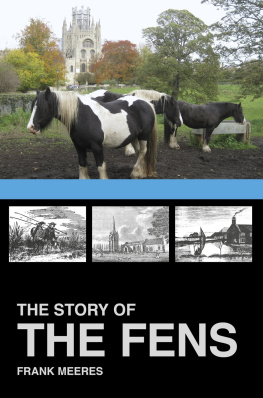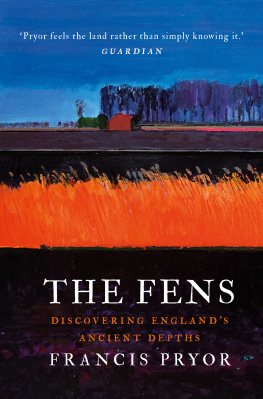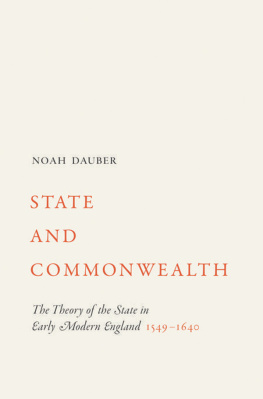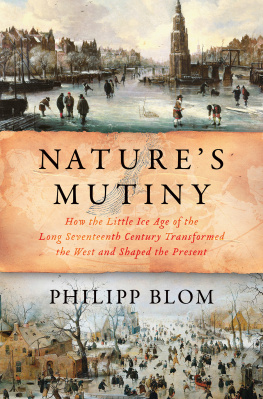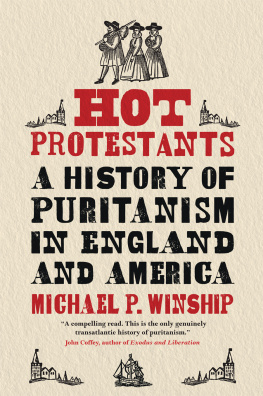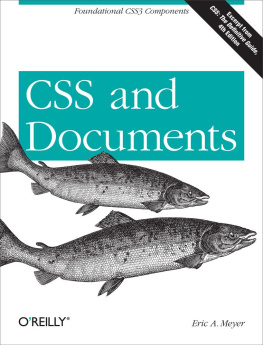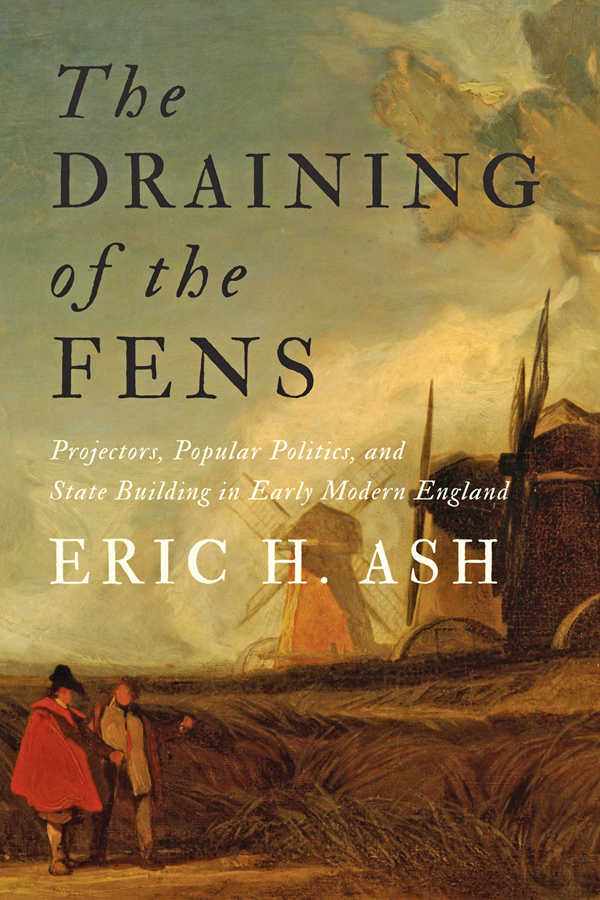Eric H. Ash - The Draining of the Fens: Projectors, Popular Politics, and State Building in Early Modern England
Here you can read online Eric H. Ash - The Draining of the Fens: Projectors, Popular Politics, and State Building in Early Modern England full text of the book (entire story) in english for free. Download pdf and epub, get meaning, cover and reviews about this ebook. City: Baltimore, year: 2017, publisher: Johns Hopkins University Press, genre: History. Description of the work, (preface) as well as reviews are available. Best literature library LitArk.com created for fans of good reading and offers a wide selection of genres:
Romance novel
Science fiction
Adventure
Detective
Science
History
Home and family
Prose
Art
Politics
Computer
Non-fiction
Religion
Business
Children
Humor
Choose a favorite category and find really read worthwhile books. Enjoy immersion in the world of imagination, feel the emotions of the characters or learn something new for yourself, make an fascinating discovery.

- Book:The Draining of the Fens: Projectors, Popular Politics, and State Building in Early Modern England
- Author:
- Publisher:Johns Hopkins University Press
- Genre:
- Year:2017
- City:Baltimore
- Rating:5 / 5
- Favourites:Add to favourites
- Your mark:
The Draining of the Fens: Projectors, Popular Politics, and State Building in Early Modern England: summary, description and annotation
We offer to read an annotation, description, summary or preface (depends on what the author of the book "The Draining of the Fens: Projectors, Popular Politics, and State Building in Early Modern England" wrote himself). If you haven't found the necessary information about the book — write in the comments, we will try to find it.
2017 Winner of the CHOICE Outstanding Academic Title of the Choice ACRL
The draining of the Fens in eastern England was one of the largest engineering projects in seventeenth-century Europe. A series of Dutch and English projectors, working over several decades and with the full support of the Crown, transformed hundreds of thousands of acres of putatively barren wetlands into dry, arable farmland. The drainage project was also supposed to reform the sickly, backward fenlanders into civilized, healthy farmers, to the benefit of the entire commonwealth. As projectors reconstructed entire river systems, these new, artificial channels profoundly altered both the landscape and the lives of those who lived on it.
In this definitive account, historian Eric H. Ash provides a detailed history of this ambitious undertaking. Ash traces the endeavor from the 1570s, when draining the whole of the Fens became an imaginable goal for the Crown, through several failed efforts in the early 1600s. The book closes in the 1650s, when, in spite of the projects enormous difficulty and expense, the draining of the Great Level of the Fens was finally completed. Ash ultimately concludes that the transformation of the Fens into fertile farmland had unintended ecological consequences that created at least as many problems as it solved.
Drawing on painstaking archival research, Ash explores the drainage from the perspectives of political, social, and environmental history. He argues that the efficient management and exploitation of fenland natural resources in the rising nation-state of early modern England was a crucial problem for the Crown, one that provoked violent confrontations with fenland inhabitants, who viewed the drainage (and accompanying land seizure) as a grave threat to their local landscape, economy, and way of life. The drainage also reveals much about the political flashpoints that roiled England during the midseventeenth century leading up to the violence of the English Civil War. This is compelling reading for British historians, environmental scholars, historians of technology, and anyone interested in state formation in early modern Europe.
Eric H. Ash: author's other books
Who wrote The Draining of the Fens: Projectors, Popular Politics, and State Building in Early Modern England? Find out the surname, the name of the author of the book and a list of all author's works by series.

